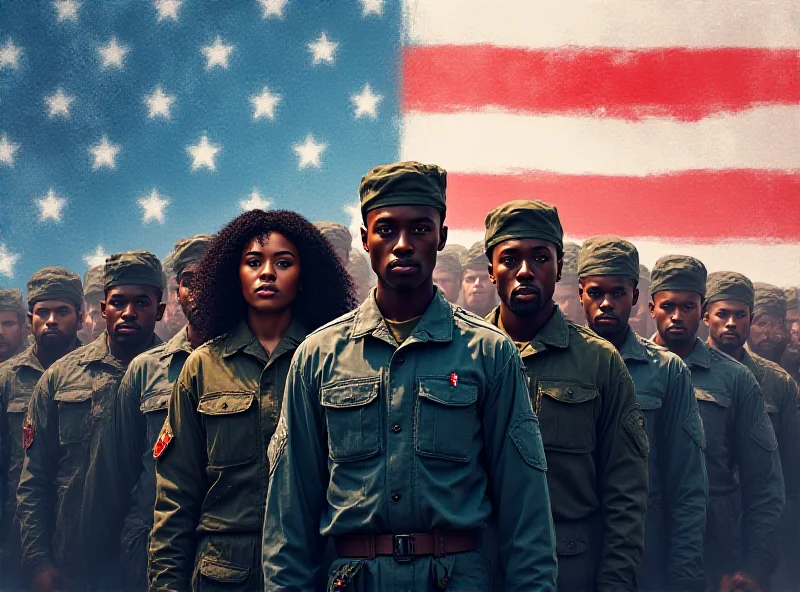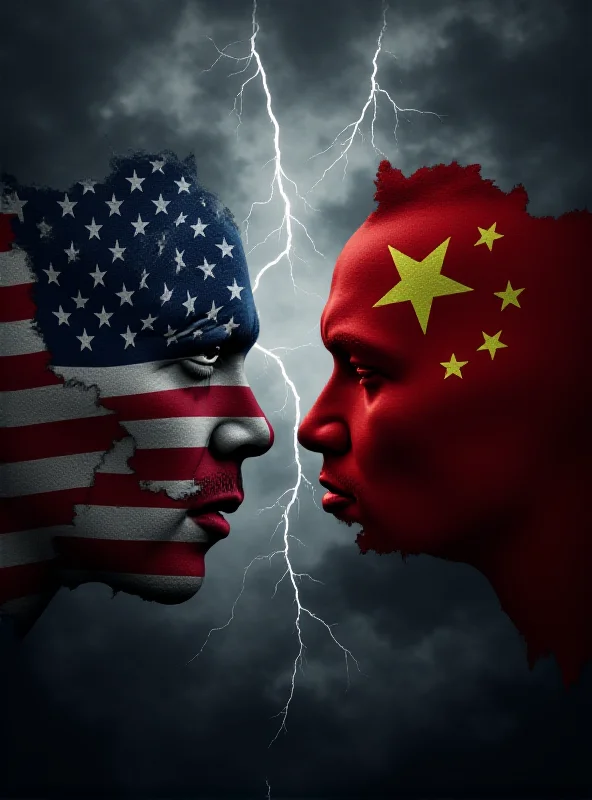Pete Hegseth's influence at the Pentagon is drawing scrutiny as a series of policy changes and decisions spark controversy. From a sweeping review of diversity, equity, and inclusion (DEI) initiatives to escalating tensions with China and significant cuts to programs aimed at preventing civilian harm, Hegseth's actions are reshaping the Defense Department.
DEI Initiatives Under Review
One of the most significant changes has been the review and removal of DEI-related content. According to reports, over 26,000 references have been flagged after Hegseth ordered the removal of content highlighting diversity efforts within the Defense Department. This includes images of war heroes and significant military milestones that showcased the department's diversity initiatives. The move has raised questions about the Pentagon's commitment to inclusivity and representation.

Critics argue that these changes signal a rollback of progress made in promoting diversity within the military. Supporters, however, claim that the focus should remain on military readiness and effectiveness.
Escalating Tensions with China
Adding to the complexity of the situation, Hegseth has been vocal about the rising threat posed by China. In a statement, he asserted that the United States is prepared for potential conflict with China amid escalating trade tensions. This comes after President Trump doubled tariffs on Chinese imports, prompting retaliatory measures from China. Hegseth emphasized the importance of military strength and Indo-Pacific readiness, while also highlighting Trump's positive relationship with President Xi Jinping.
However, Beijing has accused Hegseth of exaggerating the China threat. "Verbal volleys fired from both sides of the Pacific," one report stated, "as the Chinese military looks set for a bigger budget." These exchanges reflect the growing unease between the two global powers.

Cuts to Civilian Harm Prevention
Another controversial move has been the elimination of positions within the Pentagon's Civilian Harm Mitigation and Response office, as well as advisory posts at operational commands. This decision signals a significant reduction in the Pentagon's efforts to prevent civilian harm during military operations.
“Employees at the Pentagon’s Civilian Harm Mitigation and Response office were told their jobs would be eliminated," sources confirmed, raising concerns about the potential impact on civilian populations in conflict zones. These cuts suggest a shift in priorities, with some critics arguing that the focus is moving away from protecting civilians and towards a more aggressive military posture.

These policy shifts under Hegseth's direction are sparking debate and raising questions about the future direction of the Pentagon. The combination of DEI reviews, escalating tensions with China, and cuts to civilian harm prevention efforts paints a picture of a Defense Department undergoing significant transformation.
